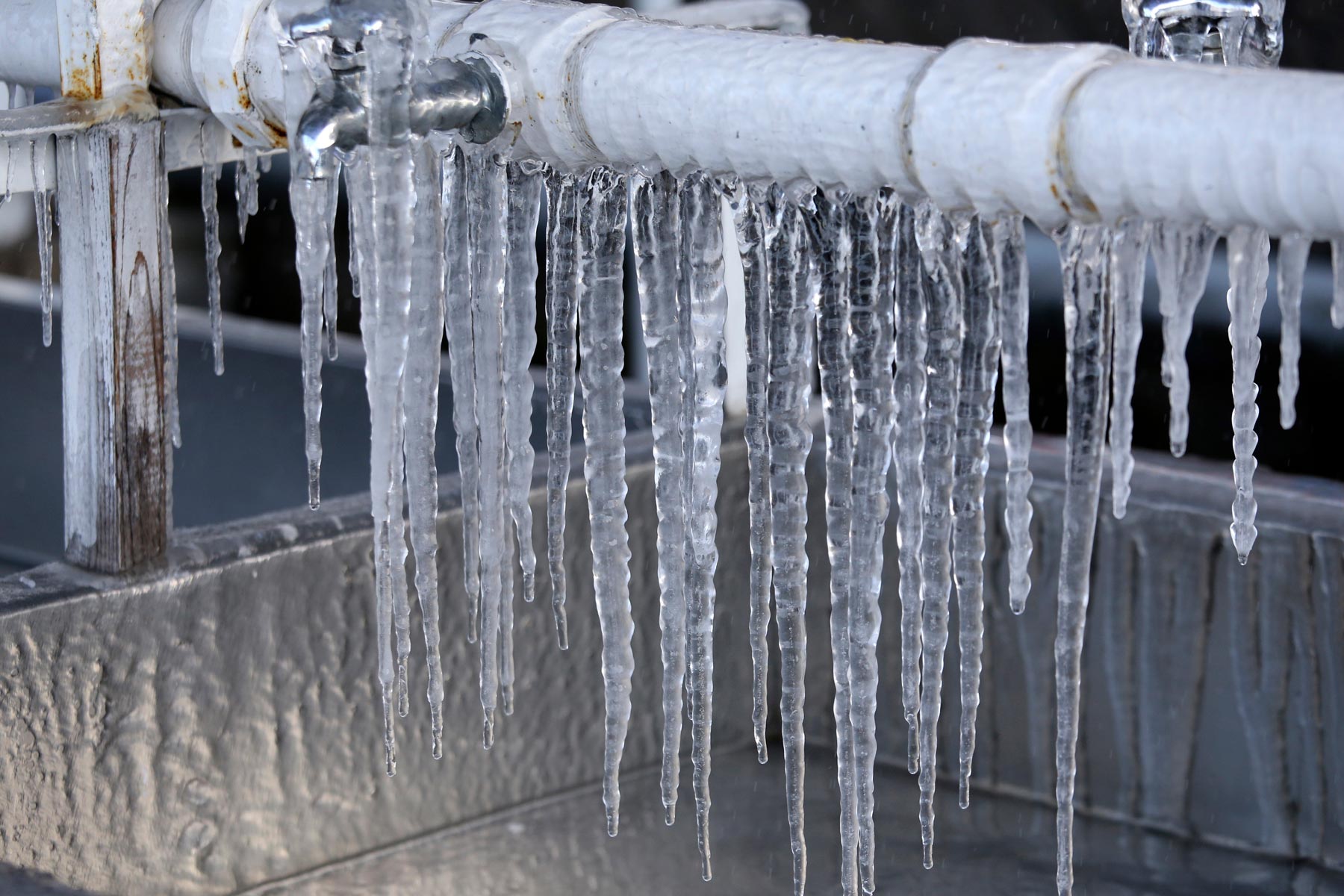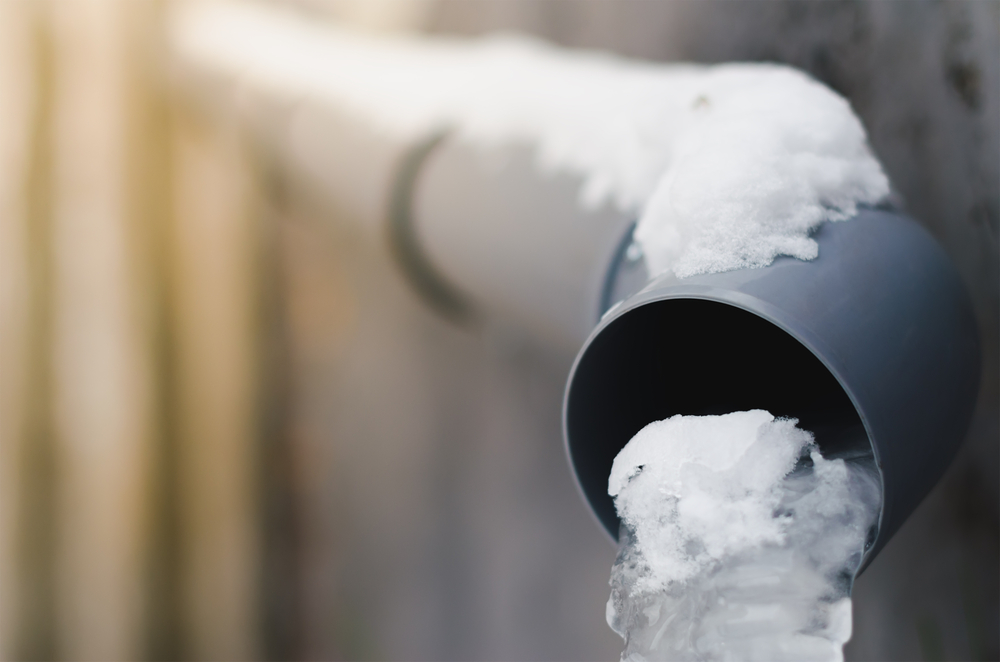How to Avoid Frozen Pipes in Winter: Expert Tips
How to Avoid Frozen Pipes in Winter: Expert Tips
Blog Article
What're your thoughts about 6 Ways to Prevent Frozen Pipes?

Winter can damage your plumbing, specifically by freezing pipes. Below's exactly how to prevent it from occurring and what to do if it does.
Intro
As temperature levels decrease, the danger of icy pipes boosts, potentially bring about costly repairs and water damage. Understanding just how to stop icy pipes is important for property owners in cold environments.
Prevention Tips
Insulating at risk pipes
Cover pipes in insulation sleeves or make use of warm tape to shield them from freezing temperatures. Concentrate on pipes in unheated or outside locations of the home.
Heating strategies
Keep interior rooms properly warmed, especially areas with plumbing. Open up closet doors to allow cozy air to flow around pipelines under sinks.
How to determine frozen pipes
Try to find lowered water circulation from taps, unusual odors or noises from pipes, and visible frost on exposed pipes.
Long-Term Solutions
Structural modifications
Take into consideration rerouting pipes away from exterior wall surfaces or unheated areas. Add added insulation to attics, cellars, and crawl spaces.
Updating insulation
Invest in high-quality insulation for pipelines, attics, and walls. Appropriate insulation helps keep consistent temperature levels and decreases the threat of frozen pipelines.
Safeguarding Exterior Plumbing
Yard hoses and exterior faucets
Detach and drain pipes garden hoses prior to winter months. Mount frost-proof faucets or cover outdoor taps with insulated caps.
Comprehending Icy Pipes
What triggers pipelines to ice up?
Pipelines freeze when subjected to temperature levels listed below 32 ° F (0 ° C) for extended durations. As water inside the pipelines freezes, it expands, putting pressure on the pipe walls and possibly triggering them to break.
Threats and problems
Icy pipelines can bring about water system disturbances, home damage, and expensive repair work. Burst pipelines can flooding homes and create substantial structural damage.
Signs of Frozen Piping
Recognizing icy pipelines early can avoid them from bursting.
What to Do If Your Pipelines Freeze
Immediate activities to take
If you think frozen pipelines, keep faucets open to eliminate pressure as the ice thaws. Use a hairdryer or towels taken in hot water to thaw pipelines slowly.
Verdict
Avoiding icy pipes calls for positive measures and quick feedbacks. By comprehending the reasons, indicators, and preventive measures, home owners can protect their pipes throughout cold weather.
5 Ways to Prevent Frozen Pipes
Drain Outdoor Faucets and Disconnect Hoses
First, close the shut-off valve that controls the flow of water in the pipe to your outdoor faucet. Then, head outside to disconnect and drain your hose and open the outdoor faucet to allow the water to completely drain out of the line. Turn off the faucet when done. Finally, head back to the shut-off valve and drain the remaining water inside the pipe into a bucket or container. Additionally, if you have a home irrigation system, you should consider hiring an expert to clear the system of water each year.
Insulate Pipes
One of the best and most cost-effective methods for preventing frozen water pipes is to wrap your pipes with insulation. This is especially important for areas in your home that aren’t exposed to heat, such as an attic. We suggest using foam sleeves, which can typically be found at your local hardware store.
Keep Heat Running at 65
Your pipes are located inside your walls, and the temperature there is much colder than the rest of the house. To prevent your pipes from freezing, The Insurance Information Institute suggests that you keep your home heated to at least 65 degrees, even when traveling. You may want to invest in smart devices that can keep an eye on the temperature in your home while you’re away.
Leave Water Dripping
Moving water — even a small trickle — can prevent ice from forming inside your pipes. When freezing temps are imminent, start a drip of water from all faucets that serve exposed pipes. Leaving a few faucets running will also help relieve pressure inside the pipes and help prevent a rupture if the water inside freezes.
Open Cupboard Doors
Warm your kitchen and bathroom pipes by opening cupboards and vanities. You should also leave your interior doors ajar to help warm air circulate evenly throughout your home.

I found that page about How to Prevent Your Pipes From Freezing while surfing the internet. For those who enjoyed our blog posting plz do not forget to pass it around. I praise you for being here. Come back soon.
Further Details Report this page